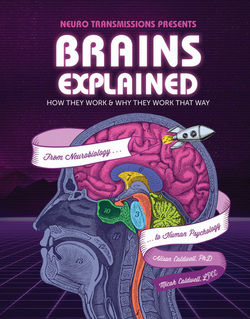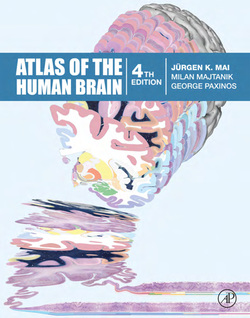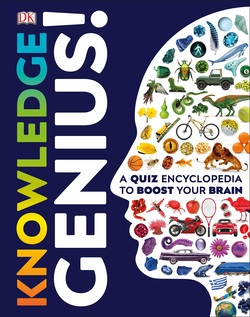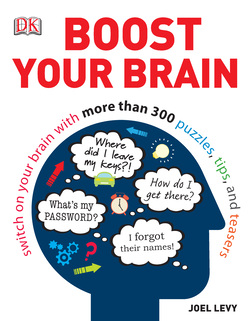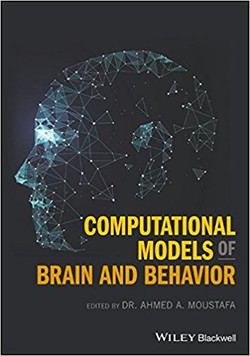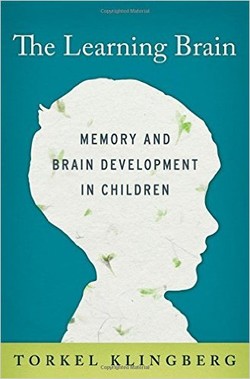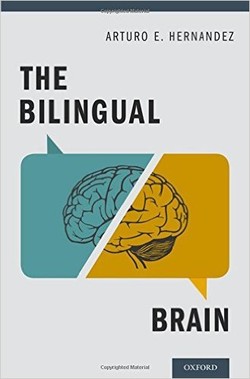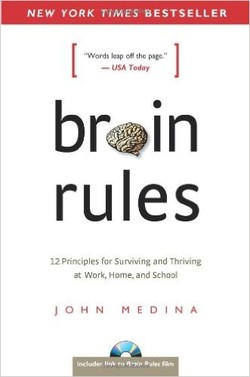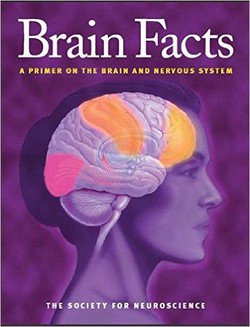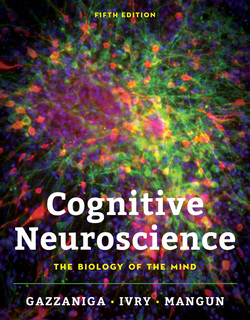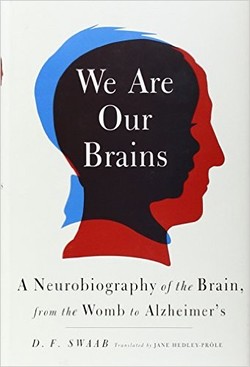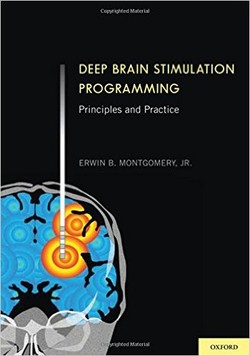Neuromania؛ محدودیت های علم مغز

Neuroeconomics ،neuromarketing neuroaesthetics و neurotheology تنها تعداد کمی از رشتههای جدید هستند که از ترکیب دانش قدیمی و کشفیات اخیر درباره چگونگی عملکرد مغز الهام گرفته شدهاند.
این کتاب به ما محل دقیقی که یک فکر و احساس خاصی و یا حتی عشق رخ میدهد را نشان میدهد. ازاینرو ما را به باور اینکه می توانیم مستقیما کار مغز را بدون وساطت مشاهده کنیم هدایت میکند.اما آیا این امر واقعا امکانپذیر است؟
این کتاب تاثیرگذار توسط دو تن از باتجربهترین روانشناسان نوشته شده است که سولات جدید کتاب در زمینه تصویربرداری از مغز، فکر را تحریک میکند. و درباره بعضی از ایدههای آشنا درزمینه روابط ذهن و جسم، ذهن و روان و طبیعت و فرهنگ به بحث میپردازد.
این کتاب به ما محل دقیقی که یک فکر و احساس خاصی و یا حتی عشق رخ میدهد را نشان میدهد. ازاینرو ما را به باور اینکه می توانیم مستقیما کار مغز را بدون وساطت مشاهده کنیم هدایت میکند.اما آیا این امر واقعا امکانپذیر است؟
این کتاب تاثیرگذار توسط دو تن از باتجربهترین روانشناسان نوشته شده است که سولات جدید کتاب در زمینه تصویربرداری از مغز، فکر را تحریک میکند. و درباره بعضی از ایدههای آشنا درزمینه روابط ذهن و جسم، ذهن و روان و طبیعت و فرهنگ به بحث میپردازد.
سال انتشار: 2011 | 176 صفحه | حجم فایل: 1 مگابایت | زبان: انگلیسی
Neuromania: On the limits of brain science
نویسنده
Paolo Legrenzi,Carlo Umilta,Frances Anderson
ناشر
Oxford University Press, USA
ISBN10:
0199591342
ISBN13:
9780199591343
قیمت: 16000 تومان
برچسبها: مغز Neuroeconomics, neuromarketing, neuroaesthetics, and neurotheology are just a few of the novel disciplines that have been inspired by a combination of ancient knowledge together with recent discoveries about how the human brain works. The mass media are full of news items featuring colour photos of the brain, that show us the precise location in which a certain thought or emotion, or even love occurs, hence leading us to believe that we can directly observe, with no mediation, the brain at work. But is this really so? Even throughout the developed world, the general public has been seduced into believing that any study, research article, or news report, accompanied by a brain image or two is more reliable and more scientific, than one featuring more mundane illustrations.This fascinating, accessible, and thought provoking new book questions our obsession with brain imaging. Written by two highly experienced psychologists, it discusses some of the familiar ideas usually associated wtih mind-body, brain-psyche, and nature-culture relationships, showing how the biased and unquestioning use of brain imaging technology could have significant cultural effects for all of us.

